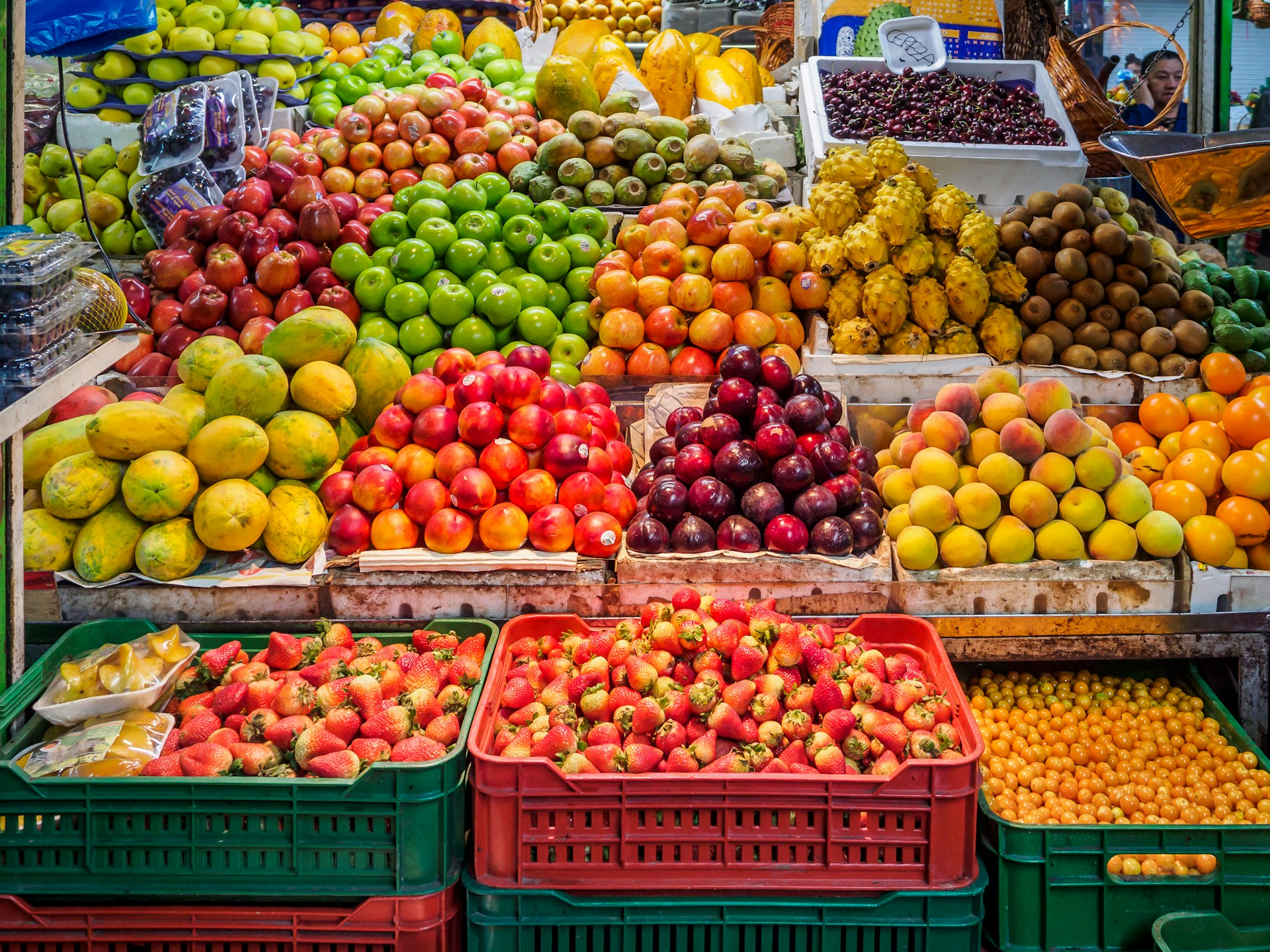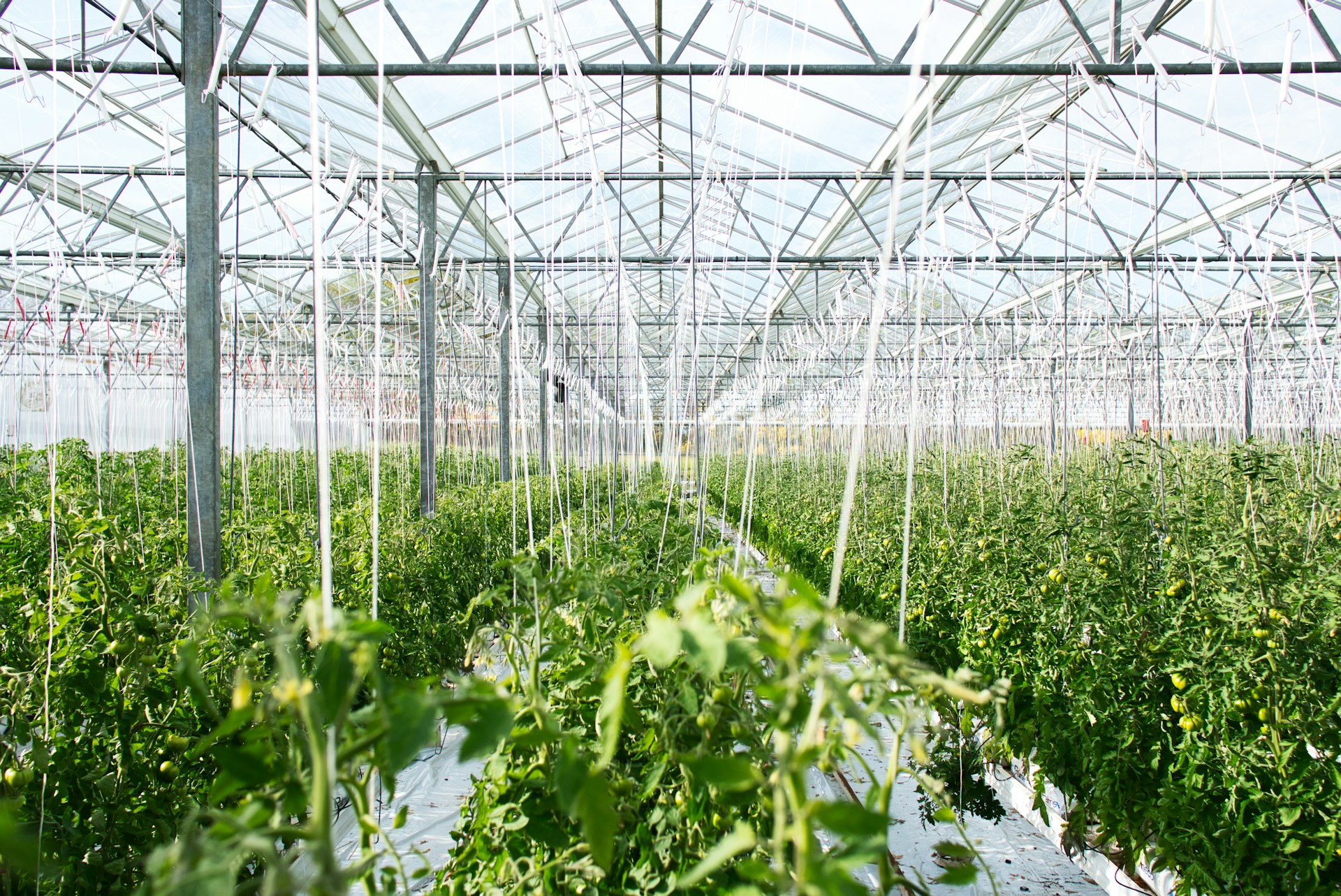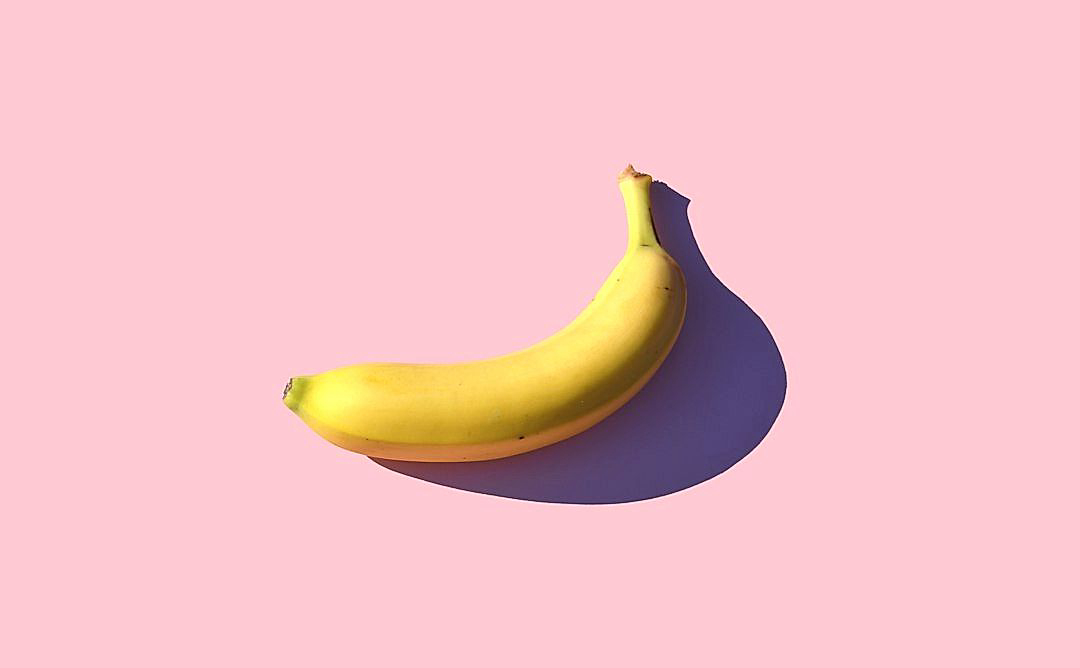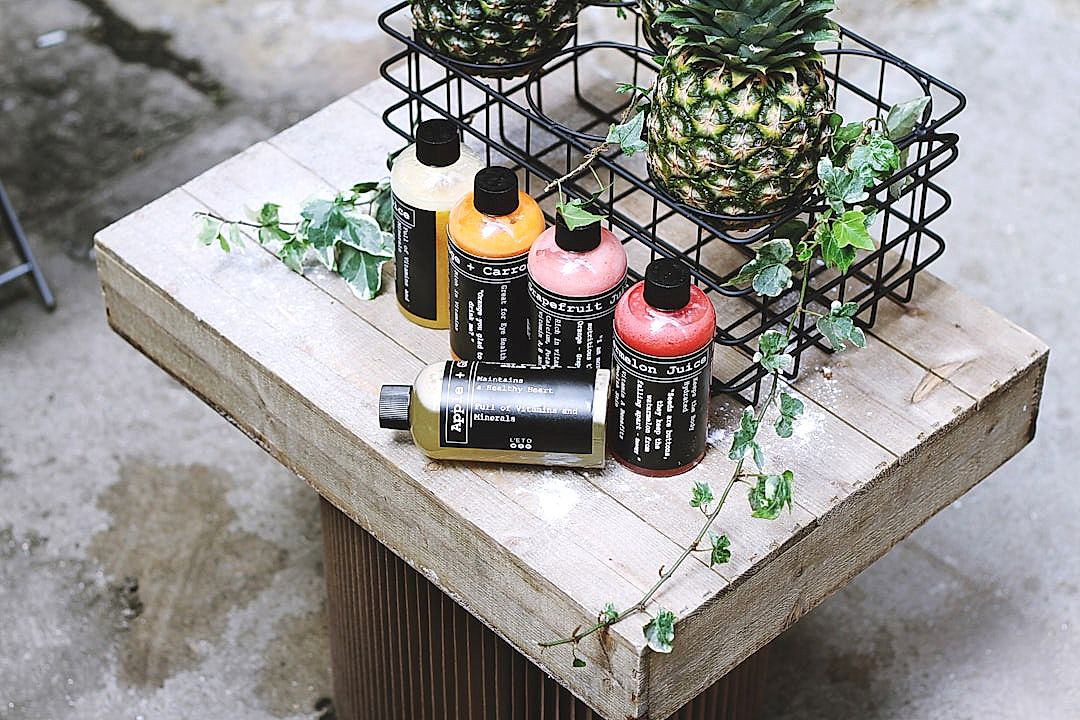In today’s rapidly evolving marketplace, advancements in packaging technology are playing a critical role in the produce industry.
These breakthroughs aim at improving sustainability, enhancing product safety, and increasing consumer convenience.
Many companies are rethinking their strategies and adopting innovative solutions to meet customer demands and regulatory requirements.
This article will delve into these emerging trends, providing an insight into the future of produce packaging.
From biodegradable materials to smart packaging, the industry is witnessing unprecedented changes.
It’s worth exploring how these transformations could redefine the sector as we know it.
Contents
- Packaging Innovations To Watch In The Produce Industry
- 1. Edible Packaging Made From Natural Biodegradable Materials
- 2. Smart labels for temperature and freshness tracking
- 3. Plant-based packaging for organic produce
- 4. Compostable Trays for Fruits and Vegetables
- 5. Transparent Packaging for Visual Product Assurance
- 6. Reusable Packaging for Sustainable Retailing
- 7. Eco-friendly Film Wraps for Extended Shelf-Life
- The Bottom Line
Packaging Innovations To Watch In The Produce Industry
1. Edible Packaging Made From Natural Biodegradable Materials
Today’s food industry is increasingly recognizing the importance of sustainable packaging, leading to innovative solutions such as edible packaging made from natural biodegradable materials.
This type of packaging provides consumers with an eco-friendly alternative to the traditional plastic packaging that fills our landfills and oceans.
Edible packaging is typically made from food-grade substances such as proteins, lipids, or polysaccharides, which can be consumed along with the food product itself or composted if not eaten.
These materials are natural and do not contribute harmful residues into the environment, thereby offering a green solution to food packaging.
Leading companies in the food industry are now testing and implementing edible packaging in their supply chains, showcasing the immense potential this innovation brings to the table.
This concept not only offers a solution to environmental pollution but also enhances the consumer experience by adding value to the product.
For instance, some types of edible packaging can add flavors or nutrients to the food, creating a new level of interaction between the packaging and the product.
Moreover, this innovative packaging method is not limited to a specific range of products but can be utilized across various food categories, increasing its applicability within the industry.
That being said, the production of edible packaging also poses some challenges, such as ensuring the material’s structural integrity and keeping the food fresh and safe for consumption.
Further research and innovation are necessary to optimize the properties of edible materials for packaging purposes and ensure that they meet all necessary health and safety standards.
Regulatory bodies also play a crucial role in this process, as regulations surrounding the safety and labelling of edible packaging must be established and updated to maintain consumer trust.
Overall, edible packaging made from natural biodegradable materials holds great promise as a sustainable packaging solution in the food industry, capable of reducing environmental impact and adding value to the consumer experience.
Yet, it requires further research and investment, as well as cooperation between businesses, researchers, and regulatory bodies, to realize its full potential and overcome any barriers that may hinder its mainstream adoption.
Despite these challenges, the positive impact that this innovative approach to packaging could have on the environment is undeniable, making it a vital development to watch within the produce industry.
2. Smart labels for temperature and freshness tracking
One of the most revolutionary features in produce packaging we’re seeing is the implementation of smart labels for temperature and freshness tracking.
These are small, embedded devices integrated into the packaging that provide real-time data on the condition of the produce.
With the use of smart labels, consumers and retailers alike can monitor changes in temperature and decay levels, key factors that significantly affect the quality of fruits and vegetables.
Moreover, these smart labels can ideally extend beyond temperature tracking to include other freshness parameters like humidity and ethylene gas levels.
This means that they can play a crucial role in informing inventory management decisions, enhancing supply chain efficiency and significantly reducing food waste.
Smart labels offer an innovative solution to age-old problems in the produce industry like quick decay and wastage, enhancing supply chain efficiency and improving customer experience.
Beyond inventory management and waste reduction, smart labels also offer an advantage in terms of consumer perception.
By giving consumers transparent information about the freshness and quality of their produce, these advancements in packaging technology could boost consumer trust and loyalty.
The ability to track the freshness of produce offers an added value to consumers who are becoming increasingly concerned about the quality and safety of their food.
It also demonstrates a commitment by retailers and producers to maintain the highest standards in food quality and safety.
Upon scanning a smart label with a smartphone, a consumer could see a detailed history of the product’s journey from farm to shelf, including any changes in temperature or other conditions that could affect freshness.
As a result, consumers can make more informed decisions about what they purchase, and gain greater trust in the retailers selling the products.
Consequently, the integration of smart labels into produce packaging not only offers practical benefits for inventory management and waste reduction in the supply chain, but it also enhances the customer experience.
The rise of smart labels signals a larger trend in the produce industry towards embracing digital innovation to optimize traditional processes.
Undoubtedly, smart labels for temperature and freshness tracking are a promising packaging innovation to watch in the produce industry.
Their potential impact spans across multiple facets of the produce cycle, from farming and harvesting to transportation, retail, and ultimately, consumer experience.
3. Plant-based packaging for organic produce
For years, the produce industry has sought alternatives to traditional, unsustainable packaging.
The advent of plant-based packaging for organic produce has emerged as a pioneering solution in this realm.
This type of packaging utilizes biomaterials derived from plants to construct environmentally-friendly containers for fruit and vegetable products.
The use of plant-based packaging represents a significant advance in sustainable agriculture.
Just like the products they protect, these packages are fully organic, obtained from renewable resources, and cause minimal harm to the environment both in their production and disposal.
The development of these packages aligns with the sustainability goals of many produce companies and appeals to consumers looking for eco-conscious purchases.
Plant-based packaging for organic produce not only reduces environmental footprint but corresponds to the values of organic consumers.
Examples of this type of packaging include plastic alternatives made from corn starch or mushroom mycelium.
These materials are biodegradable and return to the environment naturally after use.
The goal of these innovations is to minimize waste and pollution associated with plastic packaging in the produce industry.
The result is an advancement that aligns with the sustainable ethos of organic farming operations and customers.
This type of packaging is not just beneficial from an environmental standpoint, but also offers beneficial attributes such as increased freshness and extended shelf life for organic produce.
Moreover, agriculturally-derived packaging materials can even contribute to the healthy nutrients in the packed produce.
Despite some initial challenges in scaling up production, this packaging approach holds immense promise for the future of sustainability in the produce industry.
At the end, plant-based packaging does not only underpin the values of organic consumers and reduce environmental footprint, but also contributes to a healthier and more sustainable food system for all.
The rise of plant-based packaging for organic produce remains one of the most exciting and revolutionary packaging innovations in the produce industry to watch in the upcoming years.
4. Compostable Trays for Fruits and Vegetables
In response to the increasing global concern about environmental sustainability, compostable trays for fruits and vegetables are becoming increasingly popular in the produce industry.
Fruits and vegetables that are packed in these trays have an added advantage of being environmentally friendly, as the trays break down organically and contribute to the nutrient cycle of the earth.
These trays are made from various natural materials such as corn starch, bamboo, and other plant fibers that are abundantly available and renewable.
Compostable trays offer a green alternative to conventional plastic trays and help in reducing our carbon footprint.
They are also designed in a manner that helps to extend the shelf-life of the produce, thus reducing food waste.
The trays are configured to maintain the freshness of the fruits and vegetables, and to protect them from external damage during transportation and storage.
Furthermore, compostable trays are light and easy to stack, rendering them practical and user-friendly.
They also meet food safety standards as they do not contain any harmful chemicals that could potentially leach into the food.
In addition, these trays are attractive and can be customized to various sizes, shapes, and designs, thus enhancing the visual appeal of the produce on the retail shelves.
Adopting compostable trays in the produce industry is not just an environmental initiative, but it also makes sound business sense.
Increasing number of consumers are actively seeking out businesses that demonstrate a commitment to environmental sustainability.
Hence, transitioning to compostable trays can be a strategic move for businesses who are willing to leverage this opportunity to differentiate themselves from their competitors and to gain market share.
However, there are certain challenges that need to be overcome to promote wider adoption of compostable trays.
These include higher production costs, lack of awareness and understanding, and the need for composting infrastructure to ensure that the trays are disposed of correctly and responsibly.
Nevertheless, with rising environmental consciousness and the growing demand for green products from consumers, the future for compostable fruit and vegetable trays in the produce industry is promising.
5. Transparent Packaging for Visual Product Assurance
As the demand for transparency in packaging continues to grow, the produce industry has not been left behind.
More often than not, consumers want to see what they’re buying, especially when it comes to food products like fruits and vegetables.
Transparent packaging offers a clear view of the produce, providing visual assurance of the quality of the product inside the package.
This tactic not only helps set consumers’ expectations correctly but also plays a vital role in making purchasing decisions.
Assuring customers visually through transparent packaging can significantly impact product sales in the produce industry, as it reinforces product trust and credibility.
In the produce industry, the adoption of transparent packaging is now more prevalent than ever.
Smart packaging technologies are increasingly getting incorporated into transparent packaging to ensure that the produce maintains its optimal freshness during its shelf life.
Produce distributors are now investing in premium transparent materials to package their products, which combine both clarity and strength, preventing damage while offering product visibility.
These premium packages not only offer a better view of the product but also come with modern attractive designs that boost the overall product appeal on the shelf.
Moreover, the integration of informative labels onto the transparent packaging, indicating the origin of the produce and any other essential information, improves transparency further.
However, the push for transparent packaging does not compromise the industry’s commitment to sustainability.
Most transparent packages are made from recyclable, low-impact materials to lessen the packaging’s environmental footprint.
Furthermore, the industry is increasingly embracing innovations in compostable transparent materials, taking another step towards sustainable packaging.
In essence, transparent packaging is shaping the future of product packaging in the fresh produce industry.
Allowing consumers to see the produce they are purchasing promotes trust, decisiveness in buying, and overall satisfaction with the product, factors that manufacturers in the industry continue to value highly.
6. Reusable Packaging for Sustainable Retailing
As sustainability continues to increase in importance, reusable packaging has emerged as a key element in the organic produce industry.
Most notably, it provides a practical solution for companies committed to minimizing waste and promoting environmental stewardship.
With the advent of innovations in packaging technology, these reusable systems have evolved to incorporate functionality and design, without compromising on their eco-conscious nature.
Some even go beyond the traditional conception of packaging to offer multi-purpose solutions, serving as both a cargo holder and a reusable storage item for consumers.
These transformative measures are not only refreshing in their novelty but also in their potential for inspiring a broader movement towards sustainable consumption.
An innovative reusable packaging option that is gaining popularity includes mesh bags for fruits and vegetables, which can be used repeatedly and eventually composted when they wear out.
Beyond simply being eco-friendly, reusable packaging can also improve a product’s overall aesthetic, offering a more appealing and eye catching design to attract consumers.
This combination of functionality, environmental friendliness, and aesthetic appeal helps drive a powerful branding message that aligns with the preferences of today’s eco-conscious consumers.
Trends suggest that companies in the organic produce industry that implement reusable packaging options are likely to see an increase in their customer loyalty ratings.
Amidst the rising demand for sustainability and waste reduction, reusable packaging can position a brand as a forward-thinking player in the organic produce industry, taking a bold and proactive stance on environmental issues.
Aside from the ethical benefits, the practical value of reusable packaging should not be overlooked.
Durable and well-designed reusable packages can prove to be a cost-effective investment for businesses over the long run.
By offering customers the ability to reuse packaging, companies are essentially providing them with a free product, which positively impacts consumer perception and strengthens relationships with customers.
As such, reusable packaging is not just a passing trend; it’s a move towards a more sustainable future.
The market for this kind of packaging is expected to expand at a significant rate, fueled by advancements in material technology and increasing consumer awareness about environmental issues.
As such, companies interested in standing out in the crowded organic produce market would do well to consider adopting reusable packaging as a central element of their retail strategy.
It is clear that in these environmentally conscious times, the global produce industry could greatly benefit from adopting reusable packaging as part of their ongoing strategies for growth and evolution.
7. Eco-friendly Film Wraps for Extended Shelf-Life
The eco-friendly film wraps industry has undergone major transformations in the pursuit of better solutions for packaging in the produce industry.
Environmental concerns have prompted the need for companies to seek out innovative alternatives to the traditional plastic wraps.
The primary function of these film wraps is to extend the shelf-life of fruits and vegetables, thereby reducing food waste.
Empirical science has proven the efficacy of these wraps.
Eco-friendly film wraps not only maintain the freshness of the produce but significantly prolong shelf-life, thereby reducing waste and loss for retailers.
These wraps are made from biodegradable materials, which break down naturally over time, involving no negative impact on the environment.
Key factors in the successful application of these wraps include their moisture retention abilities and gas permeability.
Moisture retention prevents dehydration of the products, whilst controlled gas permeability allows the products to breathe naturally within the wrapping.
Furthermore, these film wraps can also resist bacterial growth, hence they also work towards maintaining the healthiness of the produce.
It is important to highlight that the use of such eco-friendly solutions requires consumers to be informed about how to properly dispose of the packaging.
Education and communication initiatives are vital to ensure that these wraps are disposed of in a green waste management system.
This trend towards eco-friendly film wraps has gained traction and is projected to continue to grow in the future.
Successful implementation requires cooperation from all stakeholders in the supply chain, from the manufacturers to the end consumers.
With this eco-friendly initiative, the packaging industry can be at the forefront in combating the global issue of plastic pollution.
Exploring and investing in eco-friendly film wraps for extending shelf-life is not just a trend but a requirement for sustainable retailing.
The Bottom Line
Moving towards more sustainable packaging alternatives is critical for mitigating the global waste crisis and reducing the harmful environmental impact.
Embracing innovations such as edible packaging made from biodegradable materials, smart labels for temperature and freshness tracking, and plant-based packaging for organic produce among others have proven to be efficient ways of promoting sustainable packaging practices.
Other alternatives such as compostable fruit and vegetable trays, reusable packaging, and eco-friendly film wraps also offer promising solutions.
The adoption of such sustainable packaging solutions not only benefits the environment but also carries positive implications for businesses, by enhancing product appeal for the eco-conscious consumer and improving overall brand reputation for environmental stewarding.
Transparent packaging also ensures visual product assurance which could be a key selling point.
In essence, the shift towards these sustainable packaging alternatives is a win-win situation for both the environment and businesses alike.




